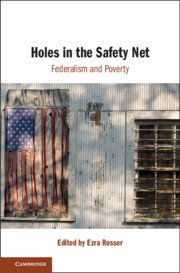New Op-ed: Jason Paul & Jeremy Paul, Nostalgic for the Trump years? That’s because his draconian budget cuts never passed, The Hill, Mar. 20, 2024.
Categories
-

Berkeley Poverty Law Conference March 2023 Blogroll
- AIDWATCH
- Class Bias in Higher Education
- ClassCrits
- clinicians with not enough to do
- Corporate Justice Blog
- Dissenting Justice
- Economics & Poverty
- Inequality.org
- Juvenile Justice Blog
- NEJL Right On
- Poverty in America from Change.org
- PSLawNet Blog
- PSLawNet Blog
- SALT Law Blog
- samefacts.com
- Sister Scholar
- The Big Picture
Journals
Organizations
- AALS Section on Poverty Law
- ABA Commission on Homelessness and Poverty
- Brooks World Poverty Institute
- Center for Law and Social Policy
- Center for Poverty Research – Univ. of Kentucky
- Center on Poverty and Social Policy at Columbia Univ.
- Cornell Center for the Study of Inequality
- Featured Charity
- Future of Children
- Harvard Multidisciplinary Program in Inequality & Social Policy
- Harvard's Inequality in America Initiative
- International Bar Association Pro Bono Website
- LawHelp.org – Links to Legal Aid Programs by State
- National Law Center on Homelessness & Poverty
- Opportunity Insights
- Poverty Solutions – Univ. of Michigan
- Roosevelt Institute
- Sargent Shriver National Center on Poverty Law
- Spotlight on Poverty and Inequality
- Stanford Center for the Study of Poverty and Inequality
- TalkPoverty.org
- Tobin Project: Economic Inequality
- UNC Center on Poverty, Work & Inequality
- Washington Center for Equitable Growth
- Western Center on Law & Poverty
Research Resources

 New Article: Philip S. Mullenix & Ezra Rosser,
New Article: Philip S. Mullenix & Ezra Rosser, 



